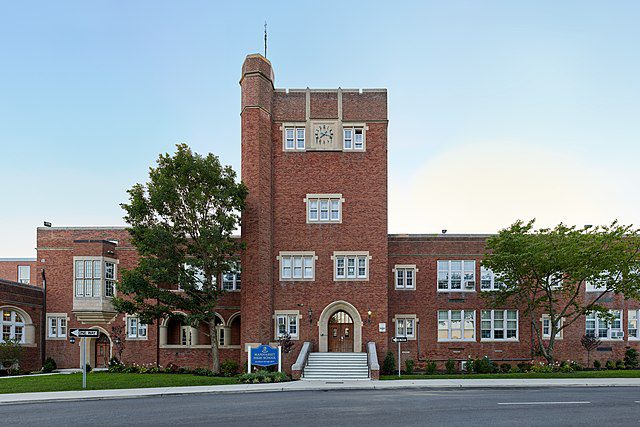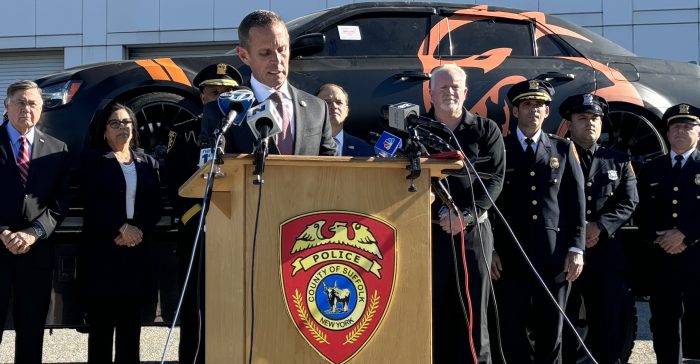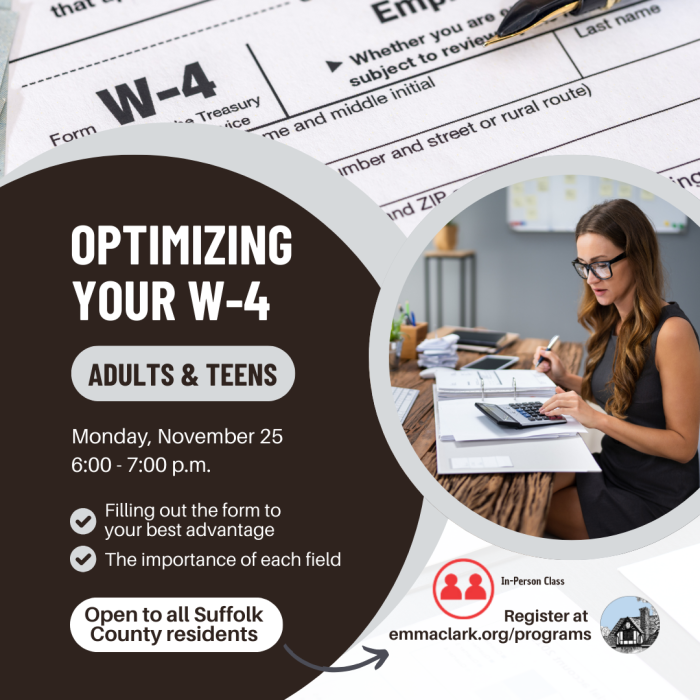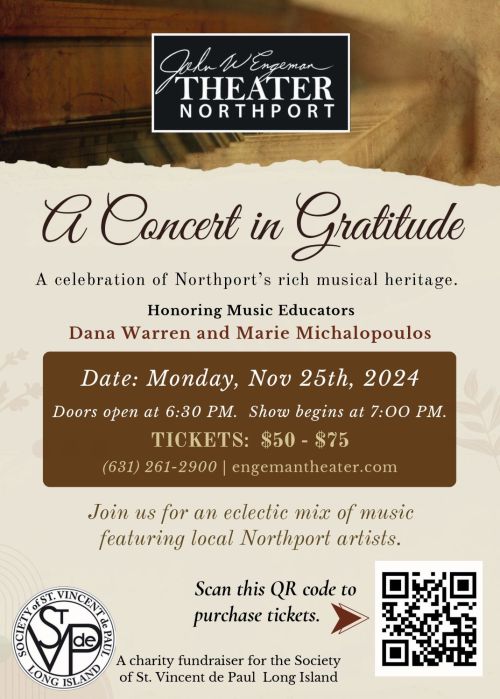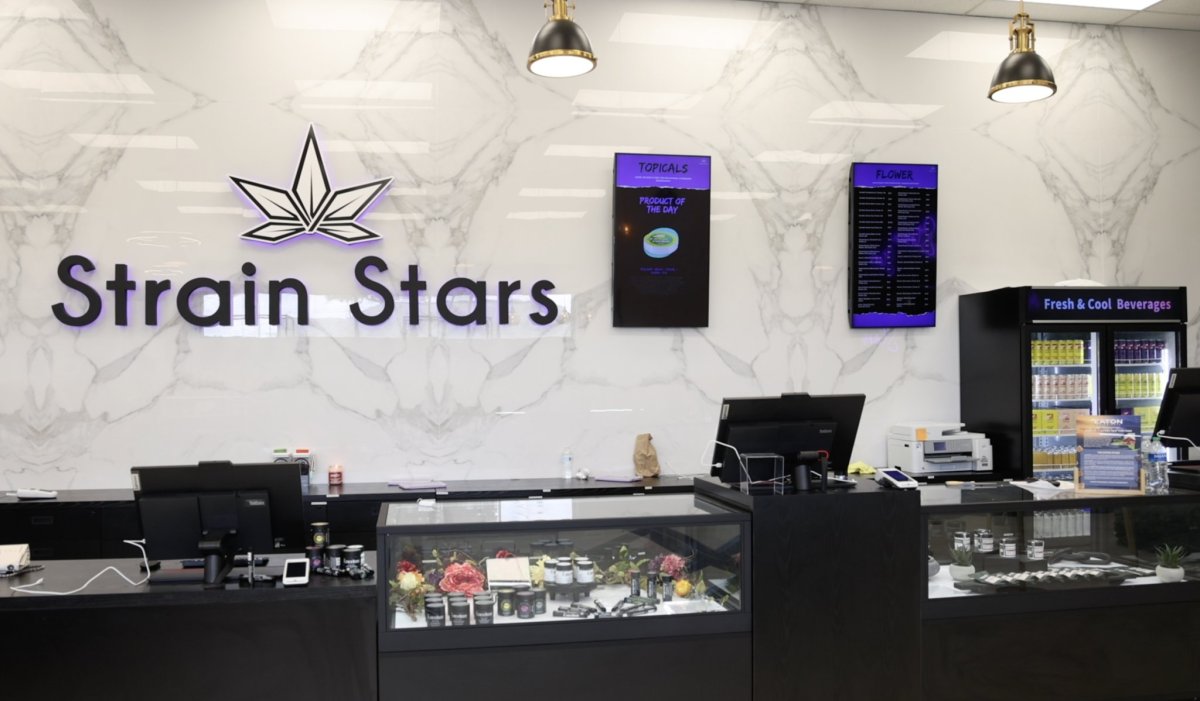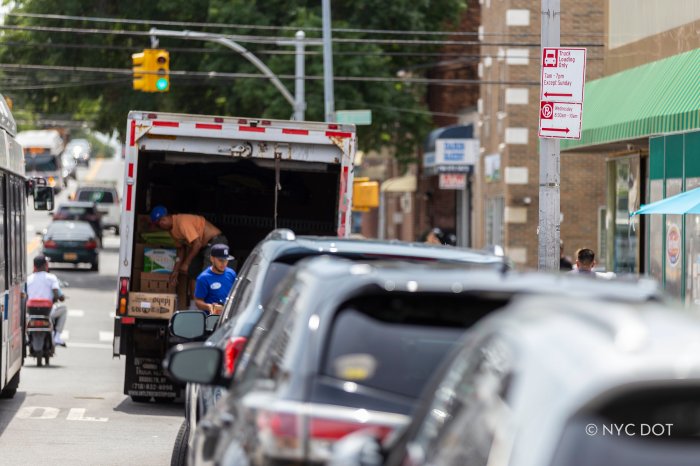Consultant pitches multi-use development plan

(Photo by Dave Gil de Rubio)
The latest chapter in the ongoing saga of what to do with the former St. Paul’s Episcopal School for Boys featured the Village of Garden City Board of Trustees inviting Sports Facilities Management/Advisory (SFMA) CEO Dev Pathik to address the community at a recent board meeting.
Since the school closed its doors in the early 1990s, village trustees have brought in numerous architectural and engineering firms to develop a concept for creating a recreational, performance and community-based use for the main building of the school. Pathik’s company, which was founded back in 2003, provides industry-leading, results-driven management solutions for sports, fitness, recreation and event venues for clients around the world and across the nation. As such, the consultant provided a thorough presentation that addressed how St. Paul’s could be transformed into a multiple-use facility while improving the community’s health and economic vitality.
“If you’re equipping your own citizens to participate how they want to in sport, but you’re also leaving an inventory of time for those people who want to participate, but don’t want to be necessarily hyper-competitive or aren’t necessarily striving for it to be elite, because it’s not good for every kid. I think you can achieve that here,” he said. “And you have so many developmental hurdles covered. You have a site and you’re already spending quite a lot of money to upkeep that facility. To convert that into something that’s productive, healthy, good and that is an events center where you can host all kinds of things—that could be one of your definitions of success. You could say it’s a must and then analyze to see what kind of events you could host and get that inventory in there—that’s exactly what we can do for you. We would bring our full brainpower to you.”

A major reason SFMA agreed to go forward with this pitch is because St. Paul’s is an existing site ideally suited for this kind of multi-use facility and the parks and recreation department is robust in terms of its program offerings. According to Pathik, SFMA receives 40 to 50 inbound calls from potential clients on a weekly basis of which, only two will get a proposal. Among the prior clients SFMA has worked with are the Myrtle Beach Sports Center, Rocky Top Sports World in Gatlinburg, TN, Bo Jackson’s Elite Sports in Hilliard, OH, and Brooklyn’s Aviator Sports & Event Center at Floyd Bennett Field.
The multi-layered process potential clients receive involves sports tourism feasibility studies, recreation center feasibility and business plans and potential financing options offers. Outlooks are conservative in nature and are framed by the company’s mantra of doing better every time.
“Today, believe it or not, in a community like yours, you would think every kid is playing sport. But on a national level, we’ve seen dramatic declines in sports participation rates. In other communities that don’t have quite the assets that you do, it’s a real issue,” Pathik said. “[There is a real] disparity and you’re ahead of the game right now. I say that because of the facilities, assets and programming that you have and offer is ahead of what most communities in America are able to do.”

(Photo by Alex Nunez)
Among the questions trustees asked what is the time frame for receiving feasability studies and financial forecasts. Pathik replied that the marketing opportunity report would be tied up within six to eight weeks of a client signing a contract to go forward. Facets of the feasability study include estimated construction and start-up costs to the program plan that SFMA believes is right for the client, first-year definitions of success, financing capacity, political will and what a client wants in terms of ongoing operating reality. A feasibility and market option report would follow that first phase and would center on an institutional-grade forecast that would indicate how big the faciility should be with the square footage of everything, along with the number of entryways, restrooms and parking spaces needed. The amount of traffic expected would also be covered. Pathik’s biggest selling point had to do with his company’s reputation for delivering conservative financial predictions based in reality versus catering to the potential unrealistic expectations of a client.
“There’s your market research and then there is reality. Anybody can put a number in and say you have this many kids, so you should be able to do this or that. We compare our financial forecast and model in your facility against all the other operations that we forecasted in real time. So you can ask us to show you what is happening and we can show you what is happening,” he said. “We’re not everybody’s friend. We don’t come to tell you that you should do the thing that you dreamed of. We come here to analyze for you and show you how that thing you dreamed of is going to perform. The worst thing to happen is that you serve the dream, but then you have to service the nightmare. Everybody wants to say at the end of month one, we’re ahead of pace. At the Myrtle Beach Sports facility, we were open on day one and we had 100 percent of our year one forecast already going. That’s exactly how a facility like [St. Paul’s] should operate.”



